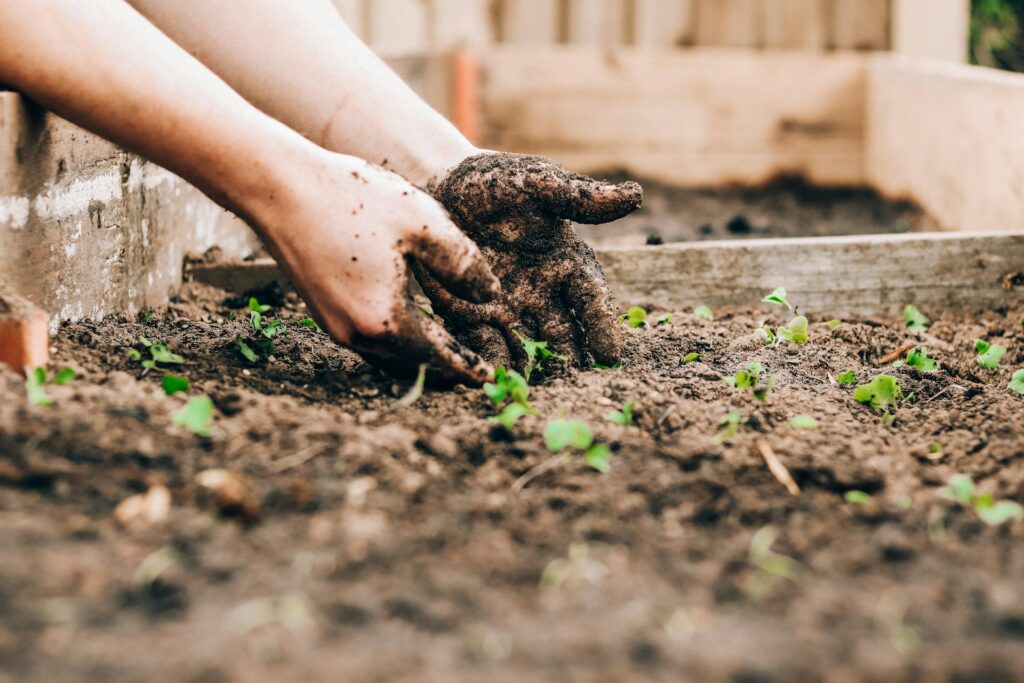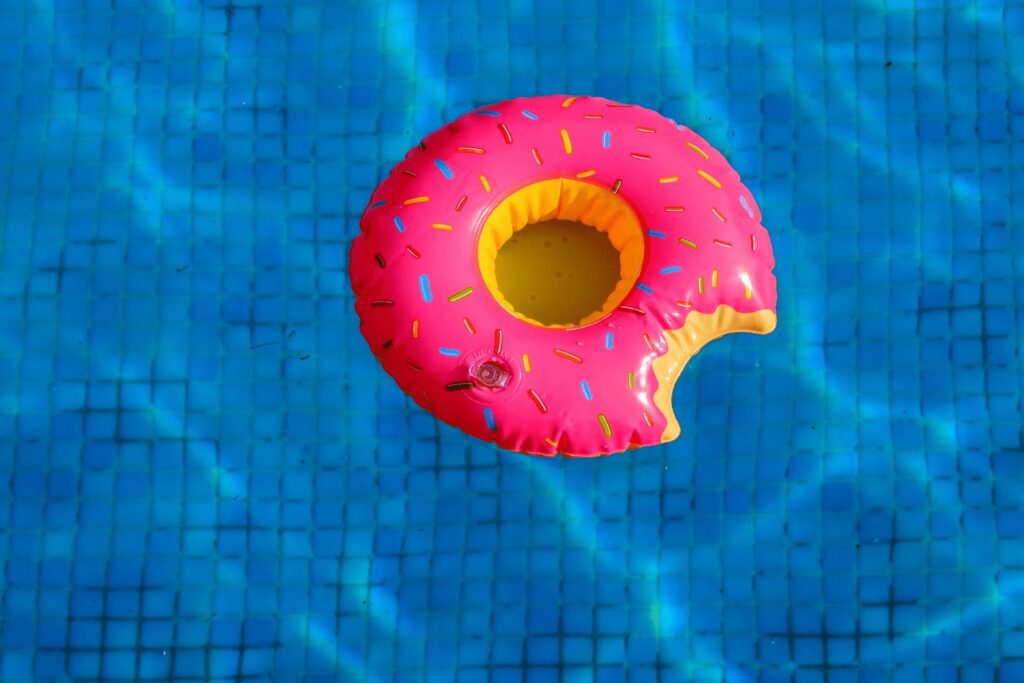
We are reader-supported. When you buy through links on our site, we may earn an affiliate commission.
The United States produces nearly 300 million tons of solid municipal waste each year, and only 50% of it is composted or recycled. The rest ends up in landfills where it’s left to decompose for tens or even hundreds of years. During this time, the rubbish produces toxins that pollute the soil, atmosphere, waterways and oceans. These chemicals and compounds destroy natural habitats, decimate wildlife populations and leave fewer resources for future generations. However, there is still hope for planet Earth and all those who call it home — if humans are willing to make a few changes, that is. Keep reading to learn some tips on how to reduce waste at home.
1. Go Paperless
Consider for a moment how many bills one receives in the mail each month. Most if not all of this paper ends up in the trash and creates more waste than anyone can possibly imagine. Luckily, most companies allow their clients to sign up for paperless billing and automate monthly payments. These simple steps can drastically cut down on household waste and keep those kitchen counters clutter-free.
2. Use Sustainable Toothbrushes
The Center for Disease Control and Prevention recommends people replace their toothbrushes every three to four months to ensure a clean routine. At this rate, however, Americans are tossing more than a billion toothbrushes each year, and most of them are plastic, a material that can take centuries to decompose. Biodegradable bamboo may offer a solution. It’s sturdy, recyclable and, in some cases, compostable, making it an easy swap for most households.
3. Bring a Container
Bring a to-go container from home when going out to eat. This way, everyone can pass up the styrofoam boxes, plastic bags and disposable cutlery when they’re ready to box up leftovers. Some coffee shops also offer discounts for those who bring their own reusable travel mug. Keep the momentum going by taking eco-friendly bags and other containers to the grocery store and skipping the plastic sacks.
4. Ditch Paper Towels
Americans spend more on paper towels than nearly every other country in the world combined. Meanwhile, loggers cut down millions of hectares of forest every year just to make these and other disposable paper products, most of which end up in landfills. Replacing paper towels with reusable towels or cloths can effectively reduce waste and de-incentivize unnecessary logging. Look for sustainable, eco-conscious brands online or at a nearby health food store.
5. Invest In Beeswax
Cling wrap and tinfoil are also unrecyclable and can contribute to unnecessary waste at home. Swap these unsustainable products for beeswax wraps instead. These malleable covers fit over plates and bowls to keep food fresh. Plus, most are washable, reusable, biodegradable and compostable so they don’t become waste at the end of their life cycles. If they go limp, simply pop them in the oven to instantly revive them.
6. Take Stock
Each year, Americans waste 108 billion pounds — or nearly 40% — of their food. Much of it ends up in landfills, where it releases methane and other pollutants into the air and soil. Minimize this waste and pollution by taking stock of the food already at home. Keep a running list of items in the fridge, freezer and pantry, and use older items first. Doing so will remind everyone to eat things before they expire so the trash can doesn’t fill up with rotten food.
7. Make a Compost Pile
Inedible foodstuffs like cores and rinds will inevitably become waste. However, one can easily minimize associated emissions and pollution by recycling these items at home. Make a compost pile in the backyard or start a small bin in the kitchen. Use dirt, leaves and even worms to accelerate the decomposition process and minimize odors. Then, use the final product to fertilize the yard or garden.
8. Schedule an Annual Dump
Household cleaners, medications, batteries, lightbulbs and old electronics often contain materials or compounds that can easily pollute the environment during decomposition. These items shouldn’t end up in a landfill but, rather, a specialized disposal facility that can safely handle and dispose of them. Keep this kind of waste in a single container and add to it throughout the year. Then, schedule a date and time to properly dispose of everything at once instead of making numerous small trips.
9. Request Reusable Diapers
Expectant mothers interested in eco-friendly child-rearing should ask friends and family for reusable diapers. These cloth nappies are soft, highly absorbent and machine-washable so they can be used hundreds of times before requiring replacement. If they hold up really well, some parents will even use them again on their second child. Add reusable diapers to the registry so everyone knows which brand and style to get.
10. Repurpose
Finding creative ways to repurpose and reuse things around the house is ideal if you’re wondering how to reduce waste at home. For instance, instead of tossing soda cans or pop bottles, the eco-conscious consumer will turn them into planters, pen holders and more. Glass jars, egg cartons and even plastic shopping bags can also serve a variety of purposes for those who know how to use their imagination. Peruse Google or Pinterest for repurposing ideas before tossing anything.
11. Donate Old Items
Most everything will reach the end of its life cycle at some point, whether it fades, tarnishes or breaks. At this point, a consumer must choose whether to toss, sell or donate the item. If it’s still intact, the latter two options are most sustainable. Host a garage sale and donate everything that doesn’t sell to the Salvation Army, Habitat for Humanity, Goodwill or another similar organization. Doing so will give the product a second life instead of generating more waste.
One Step at a Time
With so much pressure to reduce, reuse and recycle, many eco-conscious individuals feel that a complete overhaul is necessary to minimize waste. However, some of the smallest changes can make the biggest difference, especially if they become lifelong habits. It’s best to take things one step at a time and make a slow transition to a more sustainable lifestyle.










